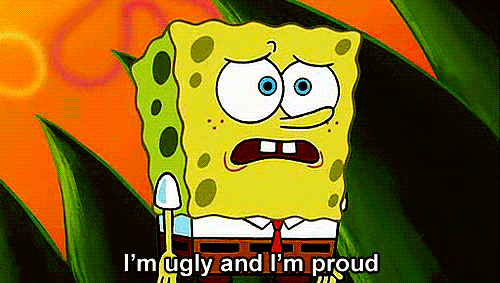In Robert Louis Stevenson’s The Strange Case of Dr.Jekyll and Mr.Hyde, the appearance of Mr.Hyde is a driving force for Utterson’s suspicions. Mr.Hyde is widely disliked, and most times this directly stems from the way he looks. After his first meeting with Hyde, Utterson describes him as such,
“Mr. Hyde was pale and dwarfish, he gave an impression of deformity without any nameable malformation, he had a displeasing smile, he had borne himself to the lawyer with a sort of murderous mixture of timidity and boldness, and he spoke with a husky, whispering and somewhat broken voice; all these were points against him, but not all of these together could explain the hitherto unknown disgust, loathing, and fear with which Mr. Utterson regarded him. “(Stevenson Ch 1)
The word that stood out to me here was “deformity” because it indicates a difference that is often looked down upon in society. In Victorian times the pseudosciences that were popular often attributed the physical appearance of a person to their mental state and to prove the lesser value of types of people. LIke an amateur Sherlock, Utterson is clued to a “murderous” side to Mr. Hyde by his deformed appearance. Hyde’s villainy is, for the most part, not portrayed through his actions but by his physical traits. The ways he talks, walks, and looks different from the upper-class people is meant to be an obvious marker to the Victorian era reader that Mr.Hyde has ulterior motives. The description of Hyde perpetuates a demonization and devaluation of people with deformities as inherently evil. Hyde is met with this attitude in the story of him running into the little girl when he is confronted by an angry mob of sorts. In this sense, Mr. Hyde is just another example of a victim of Victorian societal prejudices that is written to be the bad guy.

